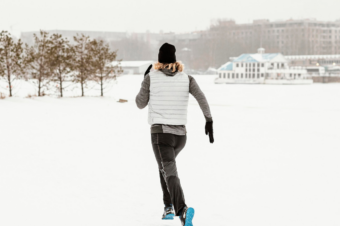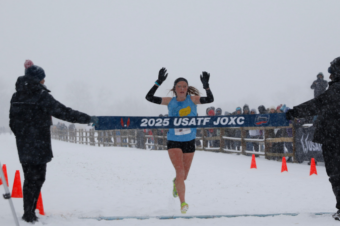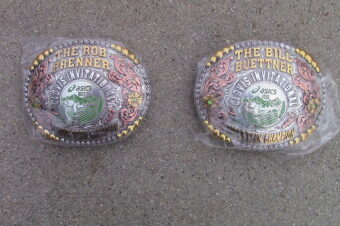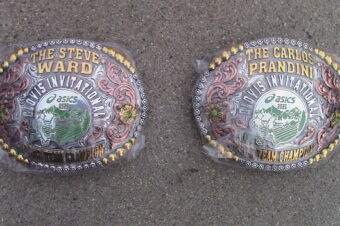

Water on the Knee
Health & Fitness July 24, 2015 SportStars 0

Thinking of taking up swimming because you heard the activity would be easier on your joints? Although most aquatic sports are considered non-weight bearing, knee injuries are the most common (after shoulder injuries) with swim- mers, water polo players and synchronized swimmers.
The injury rates increase based on the length of the ath- lete’s competitive career, tech- nique, age, strength and flex- ibility. Approximately one-fourthof aquatic athletes will have knee pain at some time during their competitive career. Knee problems are more commonly seen in breast strokers, water polo players and synchronized swimmers.
With competitive swimmers, the long hours dedi- cated to practicing the repetitive motion of the breast stroke whip kick can increase medial and lateral knee pain. The knee is a hinge joint, designed primarily to move forward and backward. With the rotational motion of the whip kick, up to 86 percent of breast strokers may experience knee pain due to increased medial stress to the joint. Close to half of these swimmers will complain of knee pain at least once a week at the higher levels of competition.
Water polo players need a remarkable amount of stamina and strength as they utilize the egg beater kick to tread water forward, back-
wards and vertically to block or throw the ball over an opponent. Unlike other athletes who can push off the ground with their legs to sprint forwards, back- wards or to throw a ball, water polo players, as well as synchronized swimmers, do not have a stable base of support to push off from. Instead, they depend on core stability and leg strength, which can be stressful to the knees.
The longer the competitive career, the more likely the athlete may experience some type of knee dys- function. Loss of flexibility or strength imbalances can cause an increase in the tension or stress to one side of the joint. Over time, this can cause irritation under the knee cap or any of the structures (ligaments, tendons, meniscus) of the knee.
Assessing strength and range-of-motion imbal- ances of the knee musculature, correcting faulty kick biomechanics and coming up with a well-designed strength and stretching program are strategies to prevent knee pain with aquatic sports. Cross-trainingwith other strokes to reduce medial stress to the knees and overall conditioning is important. Cross-training should also utilize an exercise program that emphasizes core stability, such as pilates. Strengthening core muscles is extremely important for aquatic athletes to increase power and to prevent future injuries. ✪









No comments so far.
Be first to leave comment below.